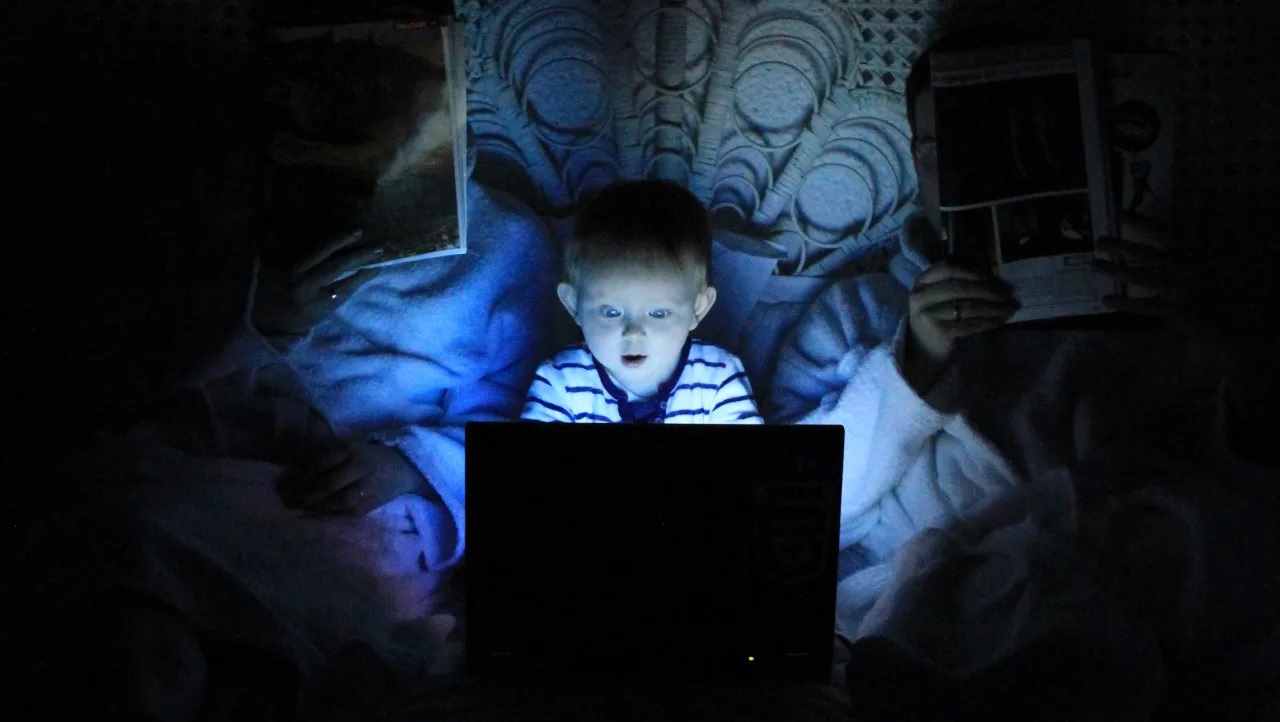Online addiction in children is a growing concern among parents and educators alike. With the increasing prevalence of technology and the internet, it has become easier for children to access various forms of digital media, including social media, online gaming, and video streaming platforms. This has led to an increase in the amount of time children spend on these devices and has resulted in some children developing an addiction to the internet and technology.
Childhood online addiction is a complex issue that can be difficult to understand and manage. The following are some key aspects of this phenomenon:
- Definition: Online addiction can be defined as a compulsive use of the internet or technology, which interferes with daily activities and relationships. It can be characterized by excessive usage, cravings, and a preoccupation with technology that leads to negative consequences in a child's life.
- Symptoms: Children with online addiction may display symptoms such as mood swings, irritability, and depression when they are unable to access the internet or technology. They may also have trouble concentrating, sleeping, and eating, and may neglect their responsibilities and relationships.
- Causes: There are several factors that contribute to childhood online addiction, including boredom, peer pressure, and a desire for escape from real-life problems. Children may also be drawn to online gaming and social media platforms because of their social and interactive nature, as well as the rewards and recognition they receive from their peers.
- Consequences: Childhood online addiction can have serious negative consequences on a child's mental and physical health, as well as their academic and social development. It can lead to decreased self-esteem, poor academic performance, and a lack of real-life social skills, as well as physical problems such as eye strain, neck and back pain, and poor posture.
To help prevent and manage childhood online addiction, it is important for parents to set clear boundaries and limits on the amount of time their children spend on technology and the internet. This can be done through the use of parental controls and by encouraging other activities, such as outdoor play, reading, and spending time with friends and family. Additionally, parents should educate themselves and their children about the dangers of online addiction and the importance of maintaining a healthy balance between online and offline activities.
